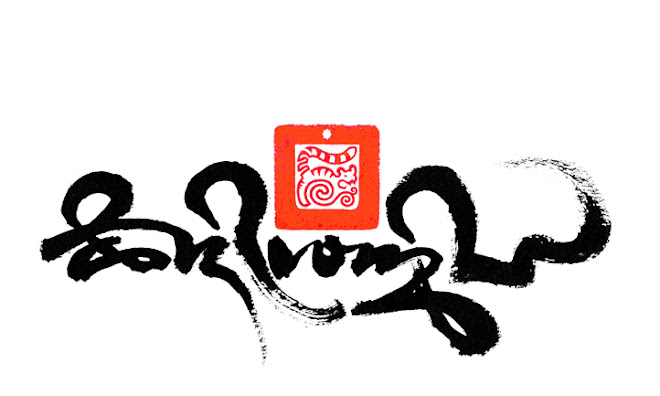As part of the "Bodies in Balance" Tibetan Medicine exhibition at the Rubin Museum of Art in NYC, Tashi Mannox gives a lecture and calligraphy interactive "The Painted Mantra". Participants are invited to join Tashi in creating the sacred proportion and significance of the, seed syllable of Medicine Buddha that is essential to the visualisation practice around which the mantra of healing is arranged.
The lecture begins with an explanation of Dharma art and its practical role historically and for a person on the spiritual path. The lecture concludes with creating a contemporary rendition of the Tibetan medical tree of diagnosis, whereby participants will be invited to ink their thumbs or fingers to print as leaves on the calligraphy tree.
Edie Irwin of Rokpa International finishes the talk with a few words about Rokpa's charitable work regarding current Tibetan medicine practices in Tibet.
"The Painted Mantra" from 7 - 9pm, Wednesday 2nd April 2014, for bookings please follow the link here.
Following Tashi's talk at the Rubin, on the 4th-5th and 6th April, he will lead an intensive workshop in Tibetan calligraphy held at the Shang Shung Institute Library in Conway, Massachusetts.










